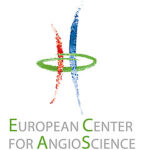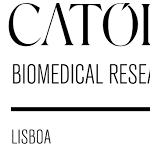
Cell biology
Biomedical Engineering
Åbo Akademi University
Eindhoven University of Technology
Finland
Career Background: Prof Sahlgren obtained her PhD at Åbo Akademi University (Turku, Finland) in 2003. During her postdoctoral work at Karolinska Institutet (Stockholm, Sweden; 2005-2008), she studied Notch signalling in hypoxia-related cancer cell characteristics. She returned to Finland to establish the Cell Fate Lab at the Turku Centre for Biotechnology, focusing on Notch in cancer and stem cells. Together with collaborators, she worked on developing nanoparticles and biomaterials for Notch-targeting and modulation of cell differentiation. In 2013, Dr. Sahlgren moved to the department of Biomedical engineering at Eindhoven University of Technology (Eindhoven, the Netherlands). At TU/e, her group has created technological platforms to study cell fate decisions in the vasculature and in tumours as well as used computational modelling to predict Notch mechanosensitivity. In 2016, she returned to Finland to become professor of cell biology at ÅAU while keeping her affiliation to TU/e as a part-time professor.

Area of Research: Prof Sahlgren’s research focuses on the fundamental molecular mechanisms guiding cell fate and cell organization in stem cell differentiation, tissue formation and disease. Of special interest are the crosstalk of signalling and mechanical forces controlling vascular structure and homeostasis, many aspects of tumour biology and post-translational modifications of Notch signalling components.
Specialist techniques: Modulation of mechanical stress in vitro and in vivo, organs-on-chip (artery-on-chip, oxygen gradient chip), computational modelling, nanotechnology and biomaterials, 3D printing and culture techniques, cellular engineering.
Career Highlight: In 2017, Prof Sahlgren was awarded a five-year ERC Consolidator Grant (2 M€) to investigate the interplay of mechanical forces and cell signaling in the vasculature and to clarify their effects on blood vessel architecture.
Future directions: The overall aim of the research is to combine interdisciplinary techniques and team efforts to develop novel strategies for tissue engineering and cancer therapy.




